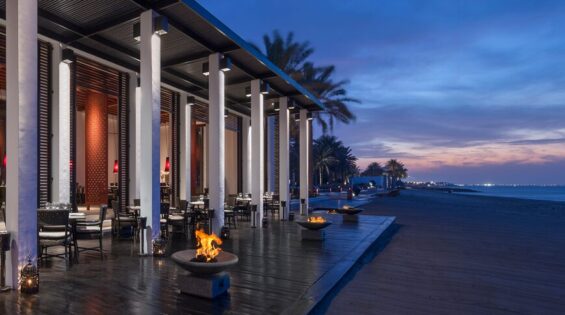The Architecture of Stillness and Reflection – A Conversation with Jean-Michel Gathy on The Chedi Muscat

Few places in the world capture a sense of calm and serenity quite like The Chedi Muscat. With its elegant arches, serene ponds, and thoughtful play of light and space, the resort offers an experience that is at once timeless and deeply restorative. At the heart of this vision is Jean-Michel Gathy, the celebrated architect and designer behind some of the world’s most iconic resorts.
When The Chedi Muscat opened its doors, it redefined luxury hospitality in Oman through simplicity, balance, and a quiet elegance that allows guests to truly unwind. Gathy’s ambition went beyond creating a beautiful hotel; he sought to design a sanctuary where every element encourages stillness, reflection, and a sense of inner tranquillity. Inspired by Oman’s landscapes, heritage, and cultural rhythms, he combined traditional proportions with a contemporary restraint to craft a resort that feels both understated and timeless.
In this exclusive conversation, Jean-Michel Gathy shares the inspirations behind The Chedi Muscat, how the principles of stillness and harmony guided every design choice, and how this remarkable project became a personal journey of discovery and peace.
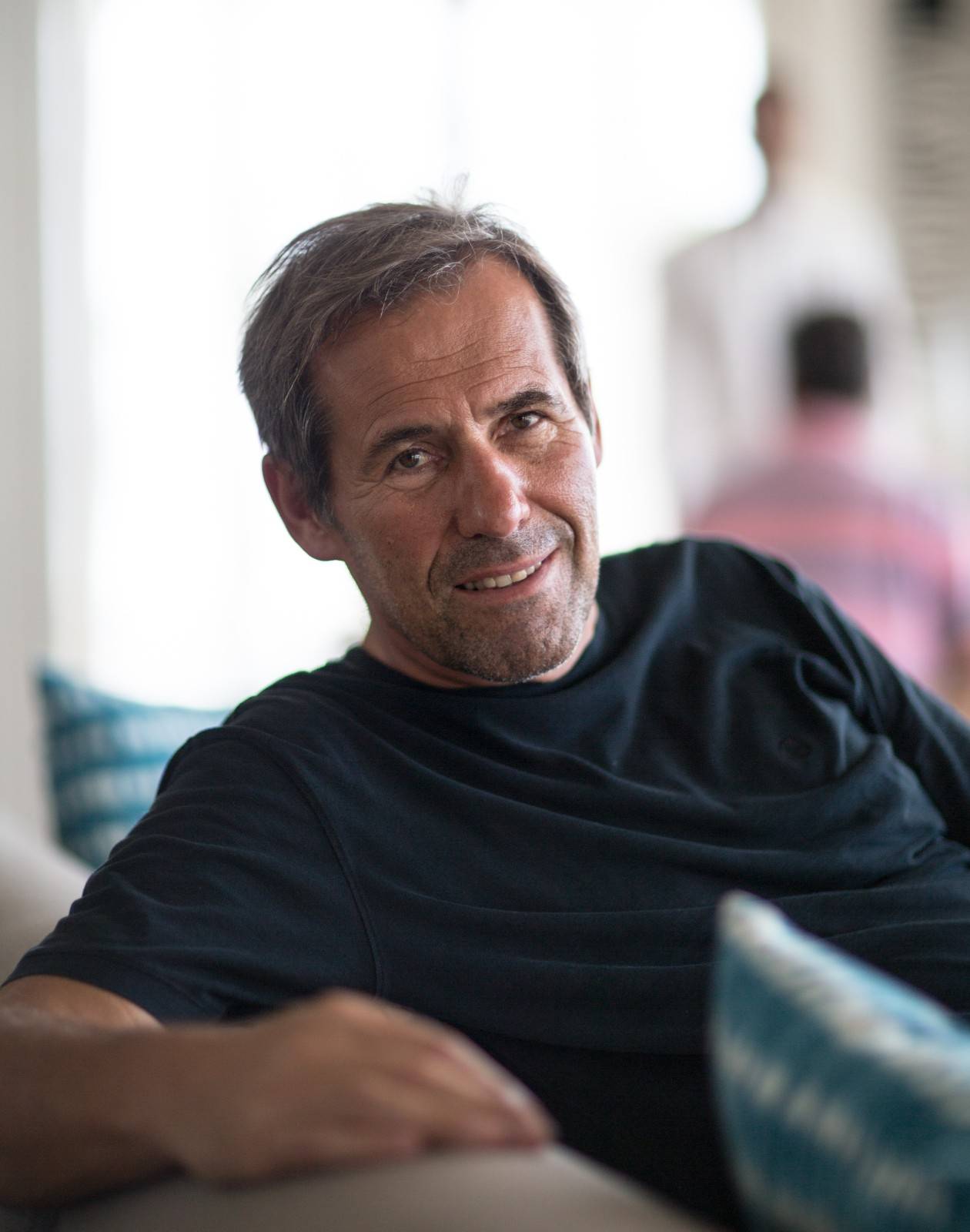
What emotions did you hope to awaken in guests as they embark on their journey through The Chedi Muscat?
Our vision was to create an environment of deep peace. From the moment guests move through the lobby, to their rooms, or across the resort, the space invites them to slow down. It is not about introversion, but about awakening self-reflection. The stillness of the ponds, the alignment of trees, and the placement of fountains encourage a sense of inner tranquillity. Guests are gently guided towards questioning, reflecting, and ultimately finding serenity within themselves. The emotions we aimed to inspire are self-reflection and tranquillity.
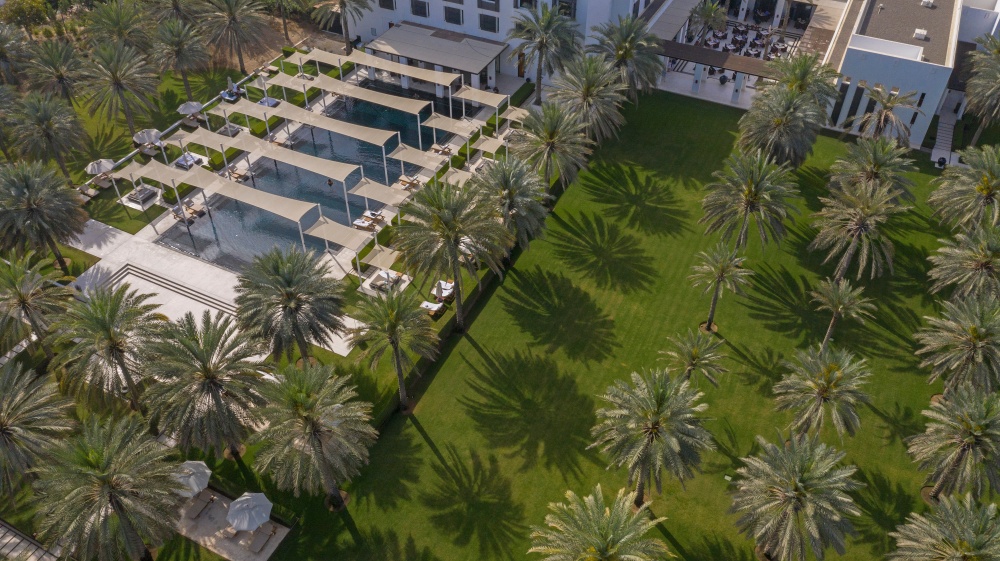
How did Oman’s natural landscape and heritage inspire this quiet approach to architecture?
Before beginning the design, my colleague and I travelled extensively across Oman for two weeks. We immersed ourselves in the deserts, villages, forts, and coastal towns, carefully studying the country’s built heritage. We measured architectural elements such as the size of doors and windows, the thickness of walls, and the proportions of arches and cupolas. From these studies, we discovered that what truly mattered was not the dimensions themselves, but the proportions they revealed. These proportions became the foundation of The Chedi Muscat’s architecture. Whether in the arches, columns, doors, or ceiling heights, everything we designed was guided by the harmony of these traditional proportions.
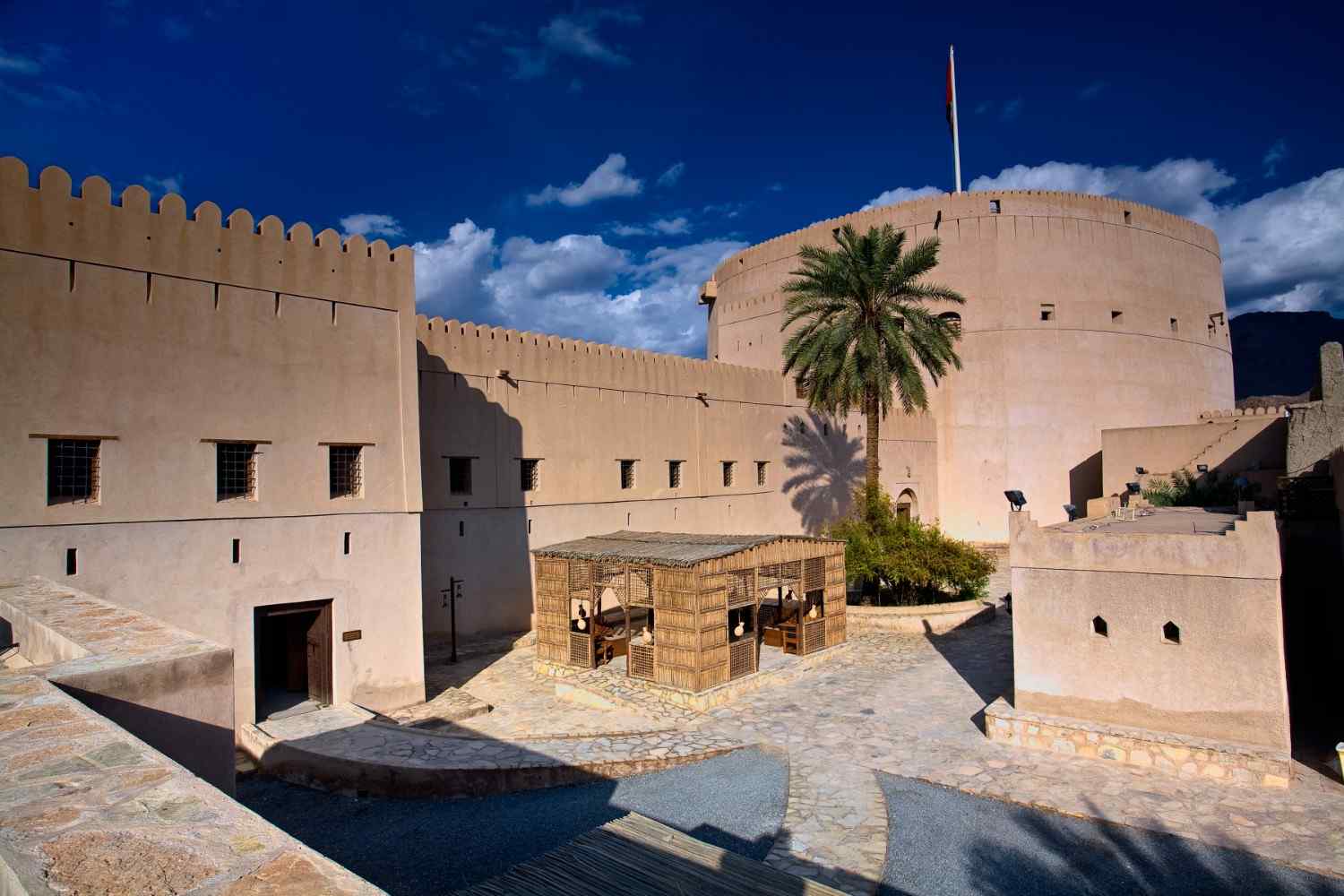
How do you design stillness into a physical space?
Stillness is achieved through a language of balance and restraint. We use symmetry, not always in a strict central axis, but often through what I call balanced geometry. Volumes and masses may differ, but they speak the same architectural language, creating harmony without monotony. Materiality also plays a crucial role. The simplicity and repetition of the same materials avoid overwhelming the mind, which allows peace to emerge. Reflections are another essential element. The ponds act as mirrors, reflecting arches, trees, the sky, and even silence itself. Through symmetry, geometry, restrained materials, and quiet repetition, the spaces embody calmness and stillness.

Are there specific moments within The Chedi that invite that emotional pause?
Yes, absolutely. While the overall language of the architecture is deeply rooted in Arabic traditions, we stripped it down to its purest form with simple geometry, simple materials, and uncluttered spaces. Within this, several moments stand out. The tented entrance recalls gatherings in the desert, where people would sit, exchange stories, and connect. The garden, with its aligned palm groves and clipped hedges, creates a rhythm that feels meditative. There are no distractions of vivid colours or ornamental flourishes, only green, quiet, and balance. And of course, the pools themselves act as spaces of reflection, where water and silence merge to invite contemplation.

How has this project influenced your own relationship with space and silence?
Designing The Chedi Muscat became a very personal journey for me. I discovered, perhaps for the first time, how to explore my own relationship with silence. Normally, when working on projects, there is energy and excitement, sometimes even a sense of urgency. Here, the process was different. I was energised, but in a calm, almost meditative way. The inspiration of the Omani landscape, the purity of the architecture, and the openness of the client allowed me to translate stillness into form. In doing so, I also found therapy in the design process itself. It gave me the opportunity to look inward, to reflect, and to understand my own emotions in a deeper way. If guests today can feel even a fraction of that same serenity, then I believe the project has succeeded.
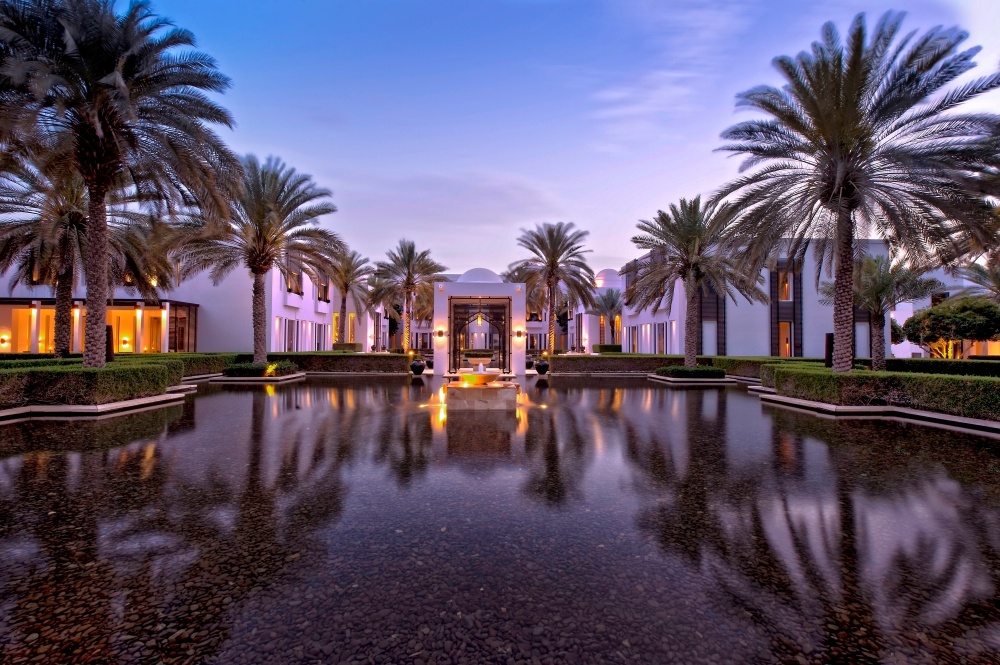
Today, The Chedi Muscat is celebrated not only for its design, but for the feeling it instils in its guests. Jean-Michel Gathy’s vision demonstrates that architecture is more than form and function; it can become a pathway to self-reflection, peace, and silence. The resort remains a living tribute to the elegance of simplicity, the harmony of proportion, and the enduring beauty of Oman’s landscapes.
Featured Hotels
The Chedi Muscat
Oman



![CMU The Chedi Pool Blog Post[]](https://www.ghmhotels.com/wp-content/uploads/CMU-The-Chedi-Pool-Blog-Post76-565x315.jpg)
